Historical Architecture of Grosse Pointe – Welcome to 195 Lake Shore, The Hugo Scherer Mansion
Last week we explored one of the most recognizable homes on Lake Shore, number 699, previously known as Shadowlawn. It was designed by Maul & Lentz for Raphael Edward “Ray” Danaher, and completed in 1924.
This week we would like to present 195 Lake Shore, built in 1898 for Hugo Scherer, his wife Clara, and their two daughters Marion, and Dorothy. Louis Kamper designed, what was originally, a spectacular summer residence. Located on Lake Shore Dr, at Moran Road, it was constructed during an era when rich Detroit families came to Grosse Pointe to spend the summer months close to the lake.
This was arguably one of Louis Kamper’s earliest projects in the Grosse Pointe communities. Prior to this Hugo Scherer had already hired Kamper to design his primary residence, located at 745 E. Jefferson. The image below is courtesy of the Detroit Historical Society.
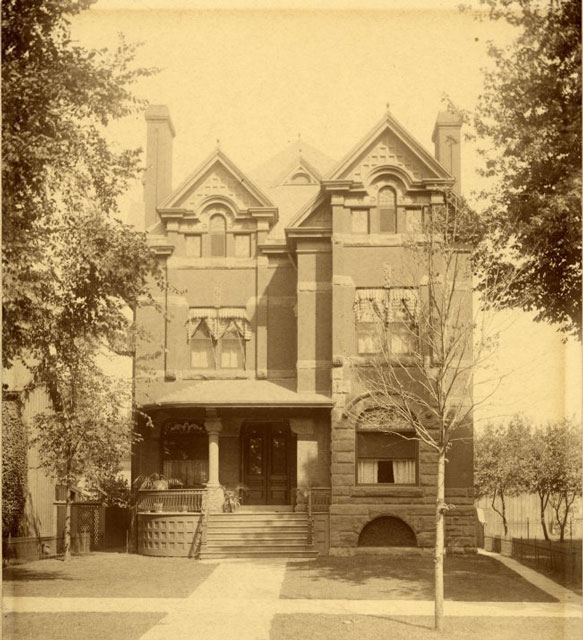

Born in Bavaria, Germany in 1861, Louis Kamper emigrated to the U.S with his family in 1880. He arrived in Detroit in 1888 and quickly established himself on the architectural scene, joining the firm of Scott & Scott, becoming partner within a year. The majority of Kamper’s career focused largely on two areas — designing magnificent residences for the city’s rich executives, and creating some of the city’s most glamorous hotels. This included the 33-story Book-Cadillac Hotel for the Book family. When it was completed, in 1923, it was the tallest hotel in the world at the time.
Scherer hired Kamper, once again, to design a magnificent Grosse Pointe Summer Residence. According to information in American Architect and Architecture, Volume 79, the residence cost close to $15,000 to build (around $500,000 today). The massive white clapboard house was spectacular. Based on research by William Hawkins Ferry, in Buildings of Detroit, Hawkins describes Kamper’s design as ‘an interpretation of the Colonial Revival style, there was also something of the exuberant baroque from his native Bavaria. He found inspiration for the lofty porticos from the stately plantation houses of the Old South, which provided generous shelter from the summer sun. A profusion of curving bay windows and balustrades added a Victorian note, and contributed to the atmosphere of luxurious relaxation’. Huge wisteria vines climbed up the giant columns of the entrance – as depicted by the image below – courtesy of William Hawkins Ferry, Buildings of Detroit. It was certainly a spectacular home. The two images below are courtesy of ‘Grosse Pointe 1880 – 1930’ by Madeleine Socia and Suzy Berschback, and come via the H. Livingstone Bogle Collection. After World War 1, when Grosse Pointe had become more accessible by car thanks to vast improvements to Lake Shore Drive, the home became the family’s year-round residence.
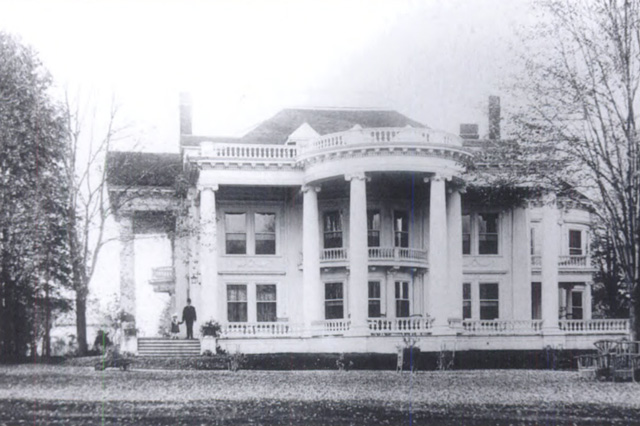

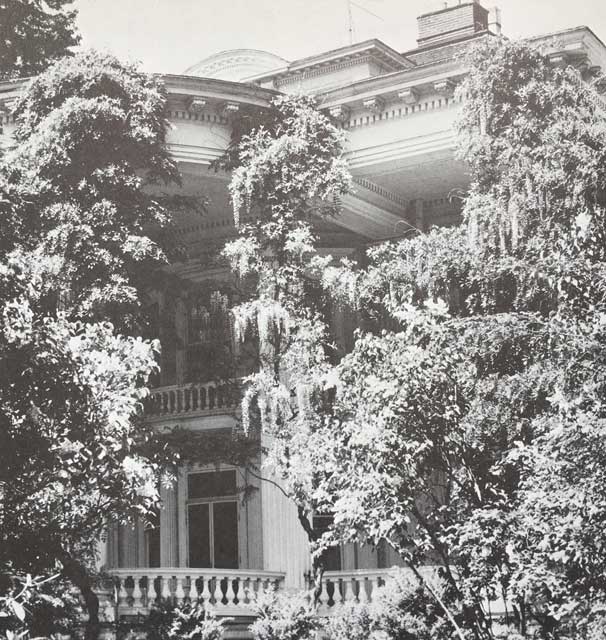



Based on information from coachbuilt.com Hugo Scherer was born in Detroit in 1859. After graduating from high school he went toEurope where he spent six years at University. On his return to the U.S. he went to work in his father’s drug store. Upon the death of his father he took charge of the business. By 1887 Mr. Scherer had begun to focus on the hardware and carriage goods business, which had become his specialty by the mid 1880s. In 1887 he renamed the firm, H. Scherer & Company. The company became the city’s main source of wholesale carriage hardware and had started to manufacture its own line of carriage dashboards. In 1896 Scherer and his close friend Frederick Wadsworth (a fellow summer resident on Lake Shore) organized the Detroit Engine Works to manufacture two-cycle engines for marine and agricultural use. The firm later produced a large number of products including light tractors, stationary engines, reverse gears and various other machined, drop-forged and cast-metal products. The duo’s second recorded business venture, the Michigan Steel Boat Company, was incorporated in 1901 with Hugo Scherer, president; and Frederick E. Wadsworth, secretary-treasurer. A 1905 description of the Michigan Steel Boat/Wadsworth Manufacturing Company called it “the largest steel boat building establishment in the state.” Mr. Scherer was also largely responsible for the firm’s entry into the business of manufacturing automobile bodies.
Aside from manufacturing Hugo Scherer and Frederick Wadsworth were also partners in real estate. In 1903 they constructed a number of cottages in the ‘summer resort’ of Grosse Pointe, which became known as the ‘Cabbage Patch’, and what is now the location of Berkshire Place. Source: coachbuilt.com.
Hugo Scherer passed away in November 1923, whereupon H. Scherer & Company passed to his wife – Clara Schmidt Scherer – and his two daughters.
The Scherer family was huge fans of art and architecture. Aside from the homes they owned in Detroit and Grosse Pointe they also once owned what is now the Michigan Governor’s summer mansion on Mackinac Island. Clara Scherer purchased the cottage in 1926 and sold it to the Mackinac Island State Park Commission in 1944. Source: www.mackinac-island-insider-tips.com
It is not clear how long Mrs. Scherer continued to reside at 195 Lake Shore Drive, or how many times it was sold during its lifetime, but we can confirm it was demolished in 1984.
Written by Katie Doelle
Copyright © 2019 Katie Doelle

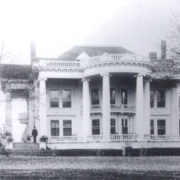
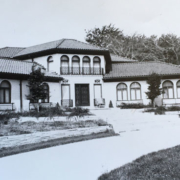
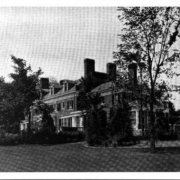
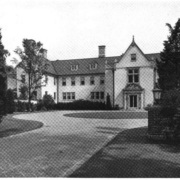
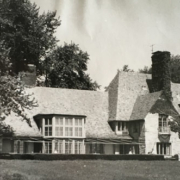
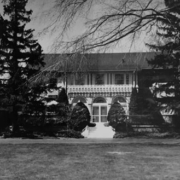
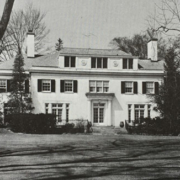
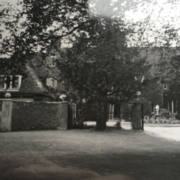
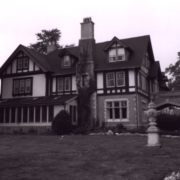
Leave a Reply
Want to join the discussion?Feel free to contribute!